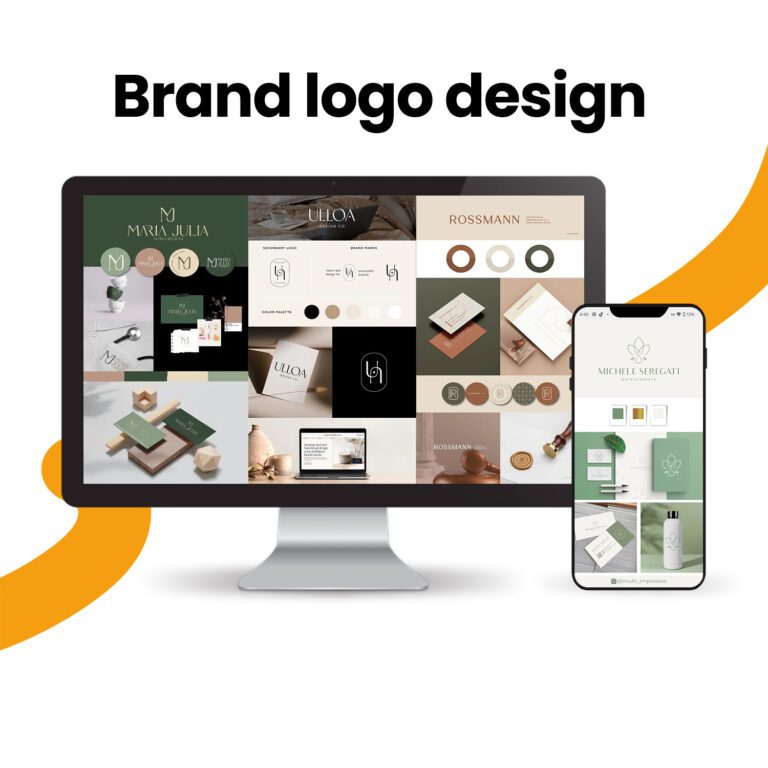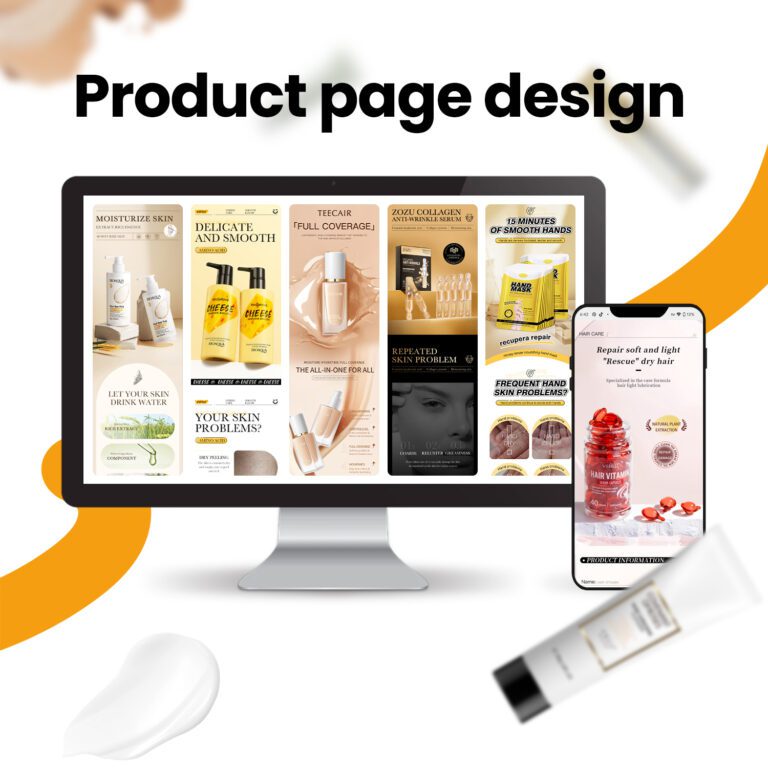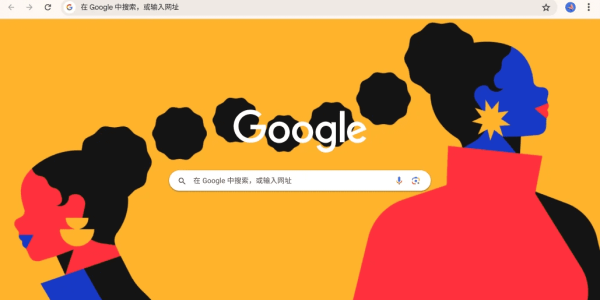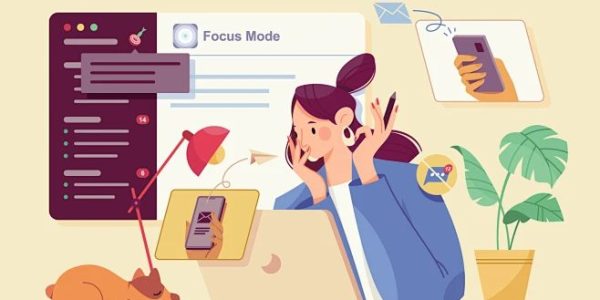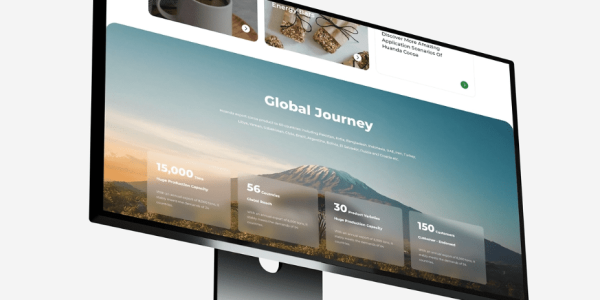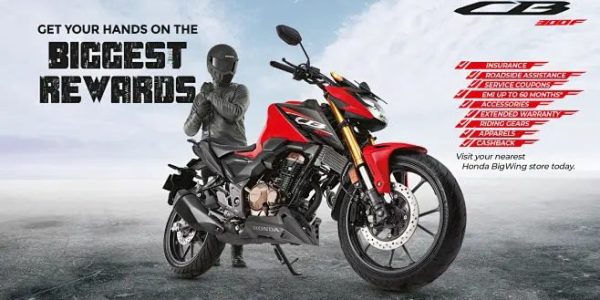How to track user experience and data for B2C website shopping
Have you ever noticed that online stores can remember the items you browsed last time, offer cart discounts or recommend similar products? The secret behind this is the tracking technology used by B2C websites to keep you engaged and keep you coming back by tracking your clicks and browsing.

This article will analyze how B2C websites track your choices, the technology used, and why this is important for businesses and consumers.
B2C tracking refers to the use of technology to track and analyze user interactions (such as clicks, purchases, abandonment, etc.) to collect data to optimize user experience, personalize recommendations, and increase sales. It not only focuses on the items in the shopping cart, but also understands user interests and browsing behavior to provide a customized shopping experience.
Personalized shopping has become the standard in the digital age. Imagine visiting a website and seeing products that are relevant to your needs instead of irrelevant products. This personalized experience enhances the shopping experience. For businesses, using data to customize the experience can not only enhance the shopping experience, but also increase conversion rates, reduce shopping cart abandonment rates, and enhance customer loyalty.

B2C websites track the products you choose in a variety of ways to personalize the shopping experience:
1) Clicks and hovers: Record the products you click or hover over to understand which products interest you and recommend related products.
2) Cookies and session data: Cookies track your interactions with products, such as adding to a shopping cart or viewing an item, to help the website remember your interests.
3) Machine learning and artificial intelligence: AI analyzes your behavior, predicts and recommends products that match your preferences, and gradually improves predictions.
4) Behavior tracking tools: Track your interactions with products through tools such as Google Analytics and Hotjar, optimize website layout and enhance shopping experience.

The website uses the following technologies to provide personalized recommendations based on tracking data:
1) Recommendation engine: Analyze your browsing or shopping cart data to recommend related products.
2) Collaborative filtering: Recommend products based on the behavior of similar users.
3) Content-based filtering: Analyze the product attributes you selected and recommend similar products.
Conclusion: B2C tracking technologies have evolved from simple session cookies to advanced techniques that help businesses create personalized shopping experiences and keep customers coming back. B2C business owners should consider how to use these technologies to improve website performance and user experience.
If you are interested in these contents or want to know how to optimize your independent website, please feel free to contact airsang design


